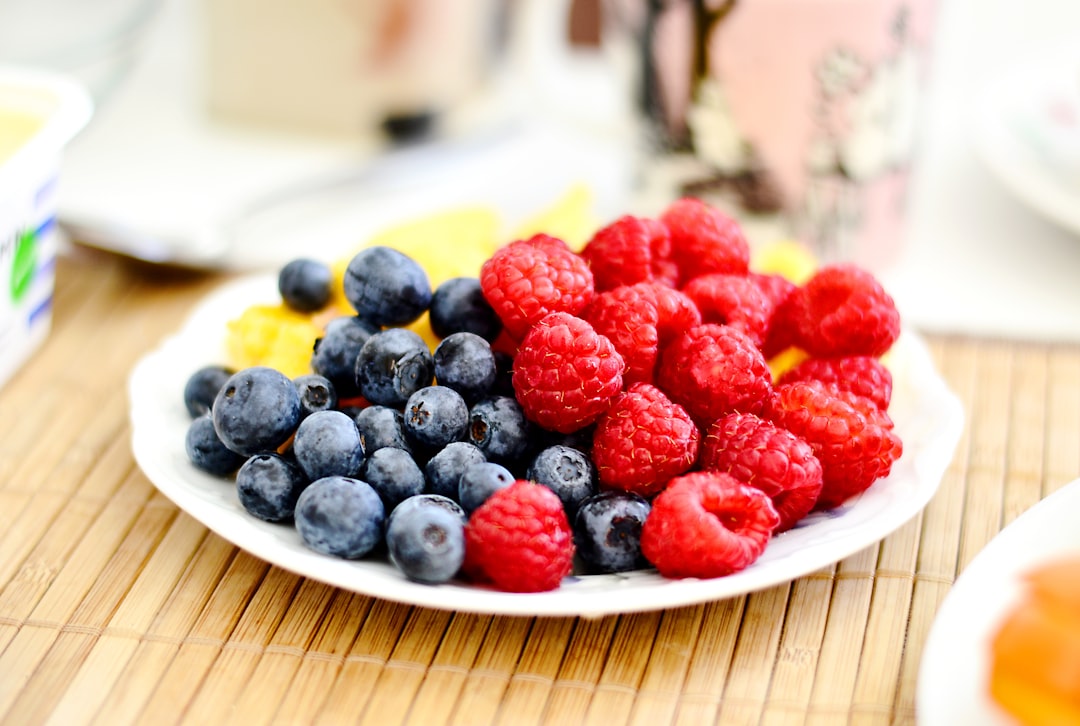What is it about?
Gene transfection mediated by the cationic polymer polyethylenimine (PEI) is considered a standard methodology. However, while highly branched PEIs form smaller polyplexes with DNA that exhibit high transfection efficiencies, they have significant cell toxicity. Conversely, low molecular weight PEIs (LMW-PEIs) with favorable cytotoxicity profiles display minimum transfection activities as a result of inadequate DNA complexation and protection.
Featured Image
Why is it important?
To solve this paradox, a novel polyelectrolyte complex was prepared by the ionic cross-linking of LMW-PEI with citric acid. These systems synergistically exploit the good cytotoxicity profile exhibited by LMW-PEI with the high transfection efficiencies shown by highly branched and high molecular weight PEIs. The polyectrolyte complexes were obtained by a simple synthetic protocol based on the microwave irradiation of a solution of LMW- PEI and CA. These new gene vectors showed enhanced DNA binding capability associated with higher facilitated intracellular DNA release, enhanced DNA protection from endonuclease degradation negligibly toxicity. These features makes them particularly attractive for the development of safe gene delivery vehicles.
Read the Original
This page is a summary of: Polyelectrolyte Complexes of Low Molecular Weight PEI and Citric Acid as Efficient and Nontoxic Vectors for in Vitro and in Vivo Gene Delivery, Bioconjugate Chemistry, March 2016, American Chemical Society (ACS),
DOI: 10.1021/acs.bioconjchem.5b00576.
You can read the full text:
Contributors
The following have contributed to this page










